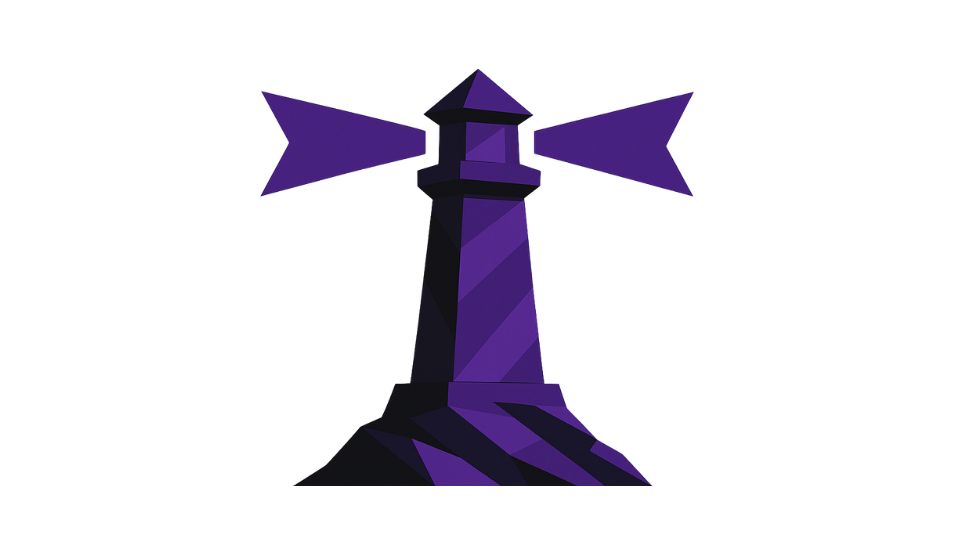Phishing-as-a-Service (PhaaS) evolves the cybercrime landscape, mirroring legitimate Software-as-a-Service (SaaS) models. PhaaS offers accessible tools and infrastructure, letting even novices launch sophisticated phishing attacks to steal data and money.
The Mechanics of Phishing-as-a-Service
PhaaS platforms simplify phishing attack execution with comprehensive packages that typically include:
- Accessible Toolkits and Templates: PhaaS provides ready-to-use phishing kits with pre-designed templates that mimic legitimate websites. Attackers swiftly deploy fake login pages or data collection forms, deceiving victims more easily.
- Automated Attack Distribution: Many PhaaS offerings send large volumes of phishing emails or SMS messages (smishing) to targets. This increases malicious campaign reach.
- Robust Infrastructure: PhaaS providers host malicious phishing pages on their infrastructure, ensuring high availability for global targets.
- Operational Support: Some advanced PhaaS operations offer customer support, guiding users to launch, manage, and optimize attacks.
The Far-Reaching Impact of PhaaS Operations
PhaaS proliferation substantially increases phishing attack volume and sophistication worldwide. These services facilitate widespread theft of critical data: user credentials, banking details, and credit card information.
Case Study: The Lighthouse Operation
Google recently sued “Lighthouse,” a notable PhaaS operation. Lighthouse facilitated smishing attacks, often impersonating brands like E-ZPass and Google. The operation harmed over 1 million victims in more than 120 countries, inflicting immense financial damage. Google’s investigation revealed Lighthouse stole between 12.7 million and 115 million credit card numbers in the US alone, a five-fold increase since 2020. Google sued 25 unnamed individuals, allegedly part of the “Smishing Triad” cybercrime group behind Lighthouse.
Why PhaaS Poses a Critical Threat
PhaaS is a concerning component of the underground cyber economy. It “democratizes” access to advanced attack capabilities, empowering more malicious actors to engage in sophisticated cybercrime.
Lowering Barriers to Entry
This model lets cybercriminals focus on victim targeting and exploitation, not complex phishing infrastructure development. PhaaS provides pre-built tools and support, significantly lowering the technical barrier for aspiring attackers.
Evolving Threat Landscape
PhaaS continuously threatens individuals, businesses, and critical infrastructure globally. Its adaptive nature highlights its role in the modern cyber threat landscape, demanding ongoing vigilance and robust security measures.
Key takeaway: PhaaS continues to lower the bar for cybercrime, making sophisticated phishing attacks accessible to a wider range of malicious actors. Organizations and individuals must maintain robust and adaptive security measures to counter this evolving threat.

